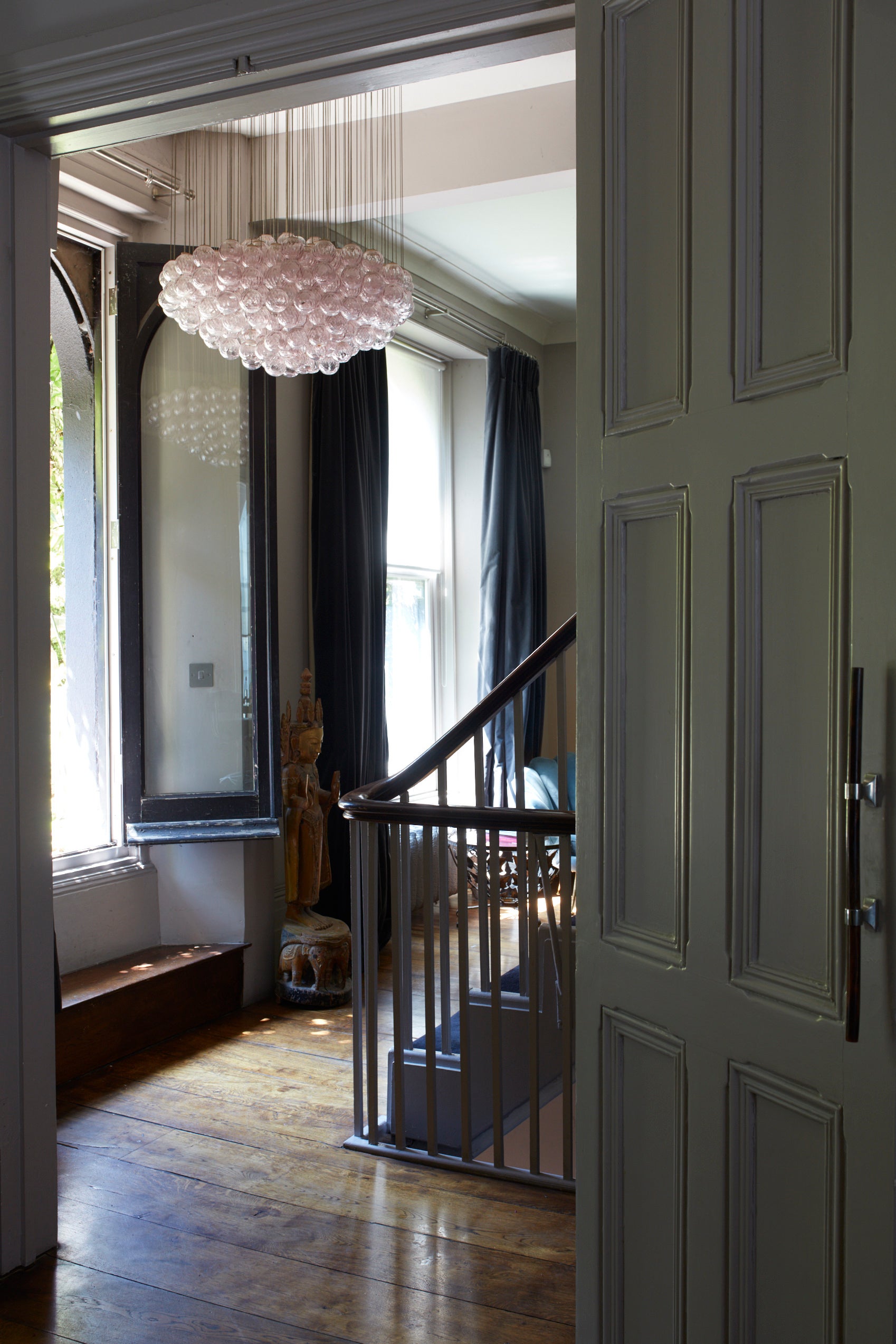The Independent's journalism is supported by our readers. When you purchase through links on our site, we may earn commission.
‘Draw focus within the space’: Scaling up your interiors
Of all the furniture and bric-a-brac at home, the lightly oversized pieces are my favourites, writes Anya Cooklin-Lofting

Your support helps us to tell the story
From reproductive rights to climate change to Big Tech, The Independent is on the ground when the story is developing. Whether it's investigating the financials of Elon Musk's pro-Trump PAC or producing our latest documentary, 'The A Word', which shines a light on the American women fighting for reproductive rights, we know how important it is to parse out the facts from the messaging.
At such a critical moment in US history, we need reporters on the ground. Your donation allows us to keep sending journalists to speak to both sides of the story.
The Independent is trusted by Americans across the entire political spectrum. And unlike many other quality news outlets, we choose not to lock Americans out of our reporting and analysis with paywalls. We believe quality journalism should be available to everyone, paid for by those who can afford it.
Your support makes all the difference.Have you ever bid furiously on a piece of too good to be true furniture online, only to realise it was designed for a small child or even a doll’s house? I’ve been there. So too have I purchased items like lampshades, artworks or armchairs that, on arrival, looked insurmountably huge for my small flat. However, of all these purchases, small and large, the former were quickly returned while the larger found their unlikely place in the flat, assimilating easily and quickly, much to my disbelief. Of all the furniture and bric-a-brac at home, these lightly oversized pieces are my favourites. Indeed, perhaps they aren’t oversized at all, but just Goldilocks right.
“Overscaled furniture, mirrors and art both anchor a room and draw focus within the space, big or small,” says Jon Sharpe, chief creative officer at the online interiors shop, LuxDeco. “Smaller spaces call for oversized homeware, especially large artwork. In a small room, we would recommend quietening the presence of oversized art by positioning the piece behind a slim console table,” he says, adding, “alternatively, strip back the furniture and where possible, choose a low-lying bench to stand in front of it creating the grandeur found in a gallery.”
David Filer, a Zimbabwean-born wildlife artist, agrees. His latest series of artworks, David Filer Life-Sized, comprises a menagerie of wild animals, but most notably, a herd of life-size elephants called “The Makavuzi Herd”, bringing tangible evidence of the true scale and beauty of the species to your home (or certainly its largest room). One of the elephants stands proudly at 4.3 metres, dimensions that are majestically reflected in the size of the artwork. Rendered in pencil, Filer’s attention to detail is astounding, and the scale of the works serves to highlight this.
“I try to capture the essence of each animal I draw, the size, the character and all the tiny details that make them unique,” he says. When it comes to scaling and creating a piece to fit a large wall or cavity, Filer warns that “although commissions are certainly the best way to ensure large scale artworks fit in the right space, sometimes this isn’t always conducive to great art or something the artist truly loves doing”. So, keep your eyes open for large-scale art by artists you love and don’t be afraid to size up for a statement in any room.

“Large statement pieces add focus to a room,” says Marie Kristine Schmidt, the chief marketing officer at GUBI, the Danish design company. “They help to direct the eye around the space, creating a sense of serenity and calm by acting as a centre of gravity,” she says. Schmidt has seen a move towards less cluttered, more curated spaces amongst the design community, and an increase in the use of “large ceiling lamps, oversized sofas and generously proportioned dining tables that introduce character to the room without sacrificing functionality or compromising the clarity of the design expression”.
For Camilla Clarke, a creative director at design studio, Albion Nord, says “small rooms don’t require small furniture”. For the team, which is behind beautiful residences at Chelsea Barracks and most recently, the Old War Office Building, scaling down your furniture actually makes a room look smaller. “Embrace a small sitting room with a large sofa or an entranceway with a scaled-up potted plant and it becomes so much more inviting and aesthetically compelling.”

Hallways and stairwells actually provide some of the most wasted, dead space, ripe for a little experimentation with large-scale furniture and accessories. According to Owen Pacey, the founder of Renaissance London, the fireplace restoration and reproduction studio and antiques emporium, “even in a modest space, big, statement furniture can add a feeling of glamour, especially when it comes to lighting. Glass Venini or Murano chandeliers are some of the most beautiful, dripping from the ceiling in colourful shards or teardrops. Hang these in stairwells for an indulgent design moment as you move between storeys, or in the living room for a cocktail lounge atmosphere”.
If space is really, truly too tight to experiment with scale, scaling up patterns can have the same effect as incorporating larger-scale furniture or accessories. Wallpaper that features bigger pattern repeats such as the much-coveted Gucci Heron print and carpets or rugs that feature sprawling, wide patterns are great places to start. In the kitchen, you can opt for a large veining pattern in your countertops by specifying quartz or porcelain surfaces. Caesarstone, in particular, offers a wide range of large-scale veining options to make a statement with your island counter, worktops or splashback.

Join our commenting forum
Join thought-provoking conversations, follow other Independent readers and see their replies
Comments